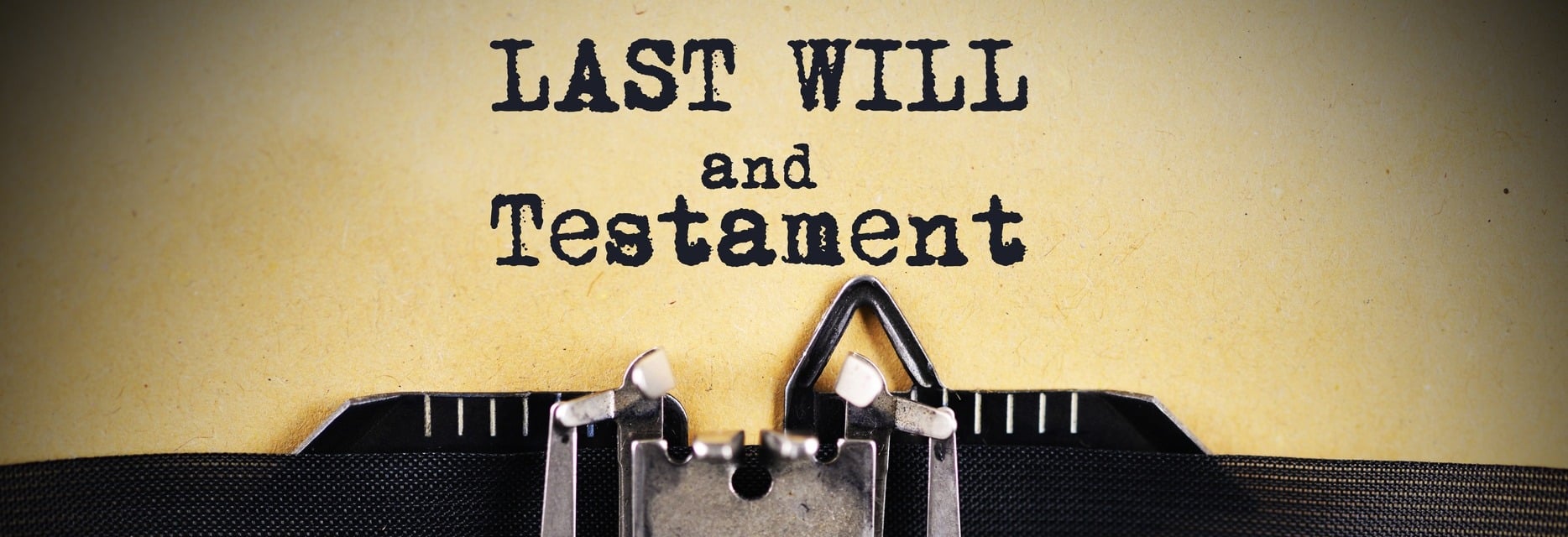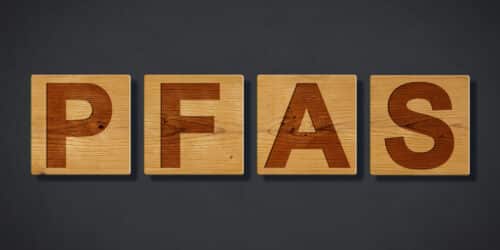A will must have formal validity to be accepted for probate. This means that the will must be written down and signed in conformity with the Succession Law Reform Act, and case law. Any estate lawyer is familiar with these requirements however, individuals who try to draft their own wills or use will kits are not necessarily well versed in these formalities. Ontario enforces strict compliance with formal validity and a failure to adhere to it means your will, and all your careful planning, will be unenforceable.
There are only two types of wills: holographic wills and attested, or witnessed, wills. Regardless of the type, all wills must be written down and signed at the bottom of the page by the testator. Any part of the will written after the testator’s signature will be invalid. Testators should sign the will with their usual signature- as if they were signing a cheque.
A valid holographic will must be entirely in the testator’s own handwriting. This requirement helps to demonstrate the testator’s fixed and final intention to make a will. A document in the testator’s handwriting indicating they intended to one day make a will, such as a letter to their lawyer, may be insufficient because it does not meet this requirement.
A valid attested will is different from a holographic will because it is not in the testator’s own handwriting. This type of will requires at least two witnesses. The testator must sign the will or acknowledge their signature in the presence of these witnesses at the same time. The witnesses must also sign, or “attest”, the will in front of the testator and each other. A beneficiary, or the spouse of a beneficiary, cannot witness the will. If they do witness the will, the gift to that beneficiary will fail even if all parties only had the best of intentions.
These requirements may seem simple but can be complex in practice. For example, testators commonly encounter problems when using a will kit. A fill in the blank form does not meet the requirements of a holographic will because it is not wholly in the testator’s own handwriting. Unless it is witnessed, this type of document also fails as an attested will. Courts are sometimes able to construe a holographic will by solely looking at the handwritten portions of the form but this may not accurately or completely reflect the testator’s wishes.
Evidently, it’s important to consider how your will is written down in addition to what’s in it. An experienced estate lawyer can help you make sure your will meets all of the formal requirements necessary to affect your wishes and avoid an intestacy based on formalities.
This blog post was written by Heather Austin-Skaret, a Partner in the Wills and Estates and Real Estate teams, with the assistance of Katie Broschuk, Articling Student. Heather can be reached at 613-369-0356 or at Heather.Austin-Skaret@mannlawyers.com.








